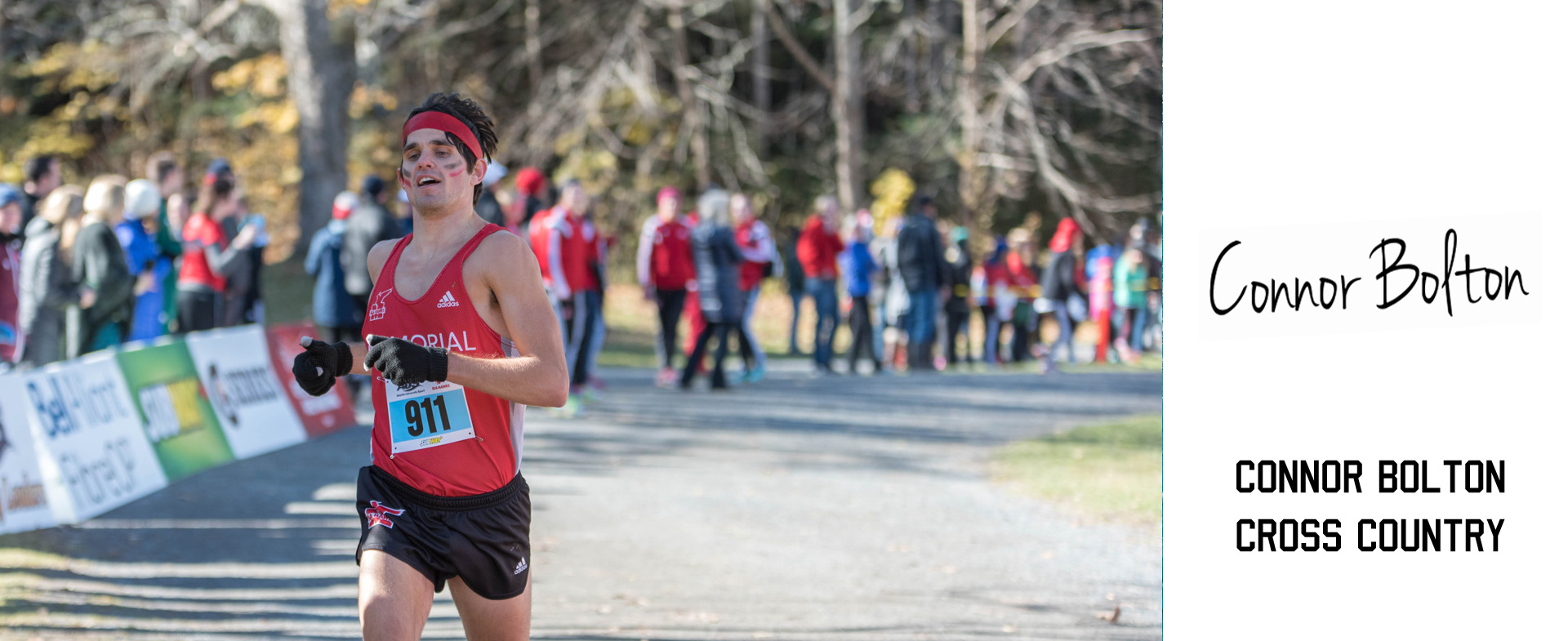Goal setting is the process of identifying a future accomplishment that you intend to achieve. An individual’s goals may linger on unaccomplished for years, or they may be tackled within minutes of establishing them. In the world of sport, setting goals expenses no physical exertion by the athlete that creates them; no increase in heart rate, no injuries, no accumulation of lactic acid in your body. The physical and mental pursuit taken to achieve these goals is what shapes an individual.
Goals can be highly individualized, such as a certain time to run five-kilometers that can differ by several minutes from that of another individual’s goal. However, goals can be prescribed to a broad range of individuals, such as a certain standard that must be met by all athletes to make a team, or to qualify for a national or international competition.
Since I began running my goals have become set to increasingly higher levels. Paces and times that had seem completely foreign to me when I began training are now ever so achievable. No longer is my goal to just complete a whole workout, but to hit paces that I never thought I could maintain. Running these satisfying workouts and races then leads me to set higher standards for myself, and feeds the motivation I need to attain those standards.
Unfortunately, as any athlete would understand, this simplistic ladder toward success rarely progresses uninterrupted. Through injury or upset, there are times when my goals are narrowed down to just one goal: don’t quit running. Whether you are struck by tendonitis, stress fractures or burn out, it is hard to accept that time needs to be taken to heal. I have entered numerous cross country and track seasons feeling unfit due to inopportune health or injury issues, and my main focus is solely to complete the season, with no substantial goals such as a personal best. This causes a halt in your fitness, where you are just putting your body through the motions but are achieving no goals that were established prior to injury. This can be extremely frustrating to feel yourself struggling to run times that you feel as though were effortless to your previous state of fitness.
However, as slow as the path to recovery may seem to an athlete, it seems to take just either one good workout, one race, or even just a short feel-good jog with the team on the trails to make it seem as though you are back to form.
As I have done most of my yearly training alone, it is uplifting to run with the team at Memorial. Fitness gains seem to happen within days, and higher goals begin to be established once again. Running with the group keeps me motivated and allows me to push harder in workouts and in races. Team goals can be set, rather than just on an individual framework. The commitment and focus expended to contribute to the team’s goal of a top 3 or top 2 finish at AUS pushes myself closer to my personal goals, and allows me to run faster.
Fortunately, the act of running is so natural to the human race that essentially anyone who possesses our bipedal trait, the ability to sweat on occasion and lacks any large amount of body fur, can create and achieve increasingly higher goals in the world of running until we are outrun and killed by a predator. However, since we are content with our modern society, it is easy to just sit back and question the purpose of foolishly placing one foot in front of the other in a fast motion that evokes unnecessary discomfort to the body. But with the establishment of minor goals toward running, increasing over time and with sufficient motivation, there is no doubt in my mind that anyone can achieve them. This leads me to believe that there are world champions in any running distance or other sport, with goals left unestablished, that are walking among us. This is why I devote myself to this natural and fulfilling “religion” of running, and why I aspire to meet every goal that I raise higher than the previous to achieve a higher self.
By: Connor Bolton
